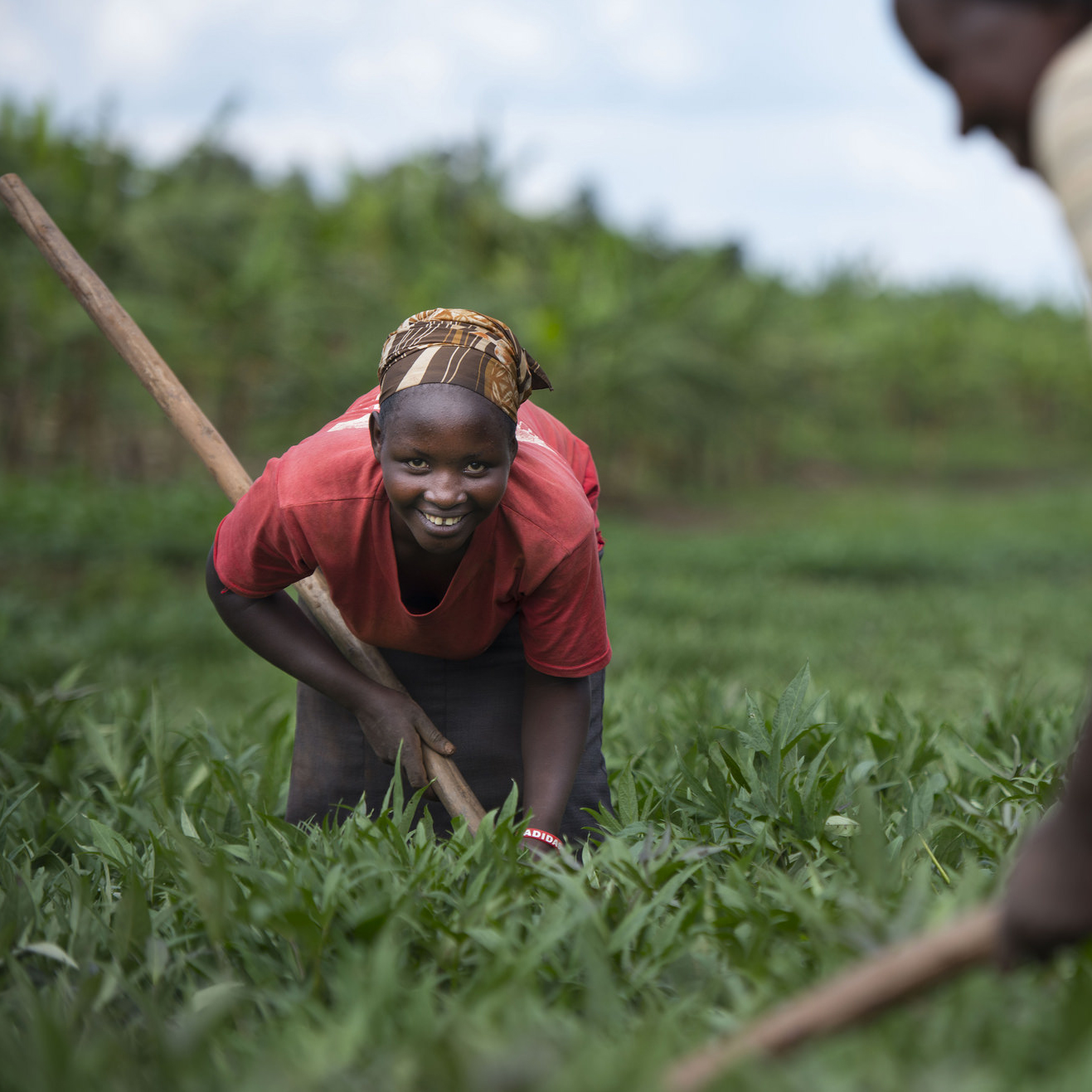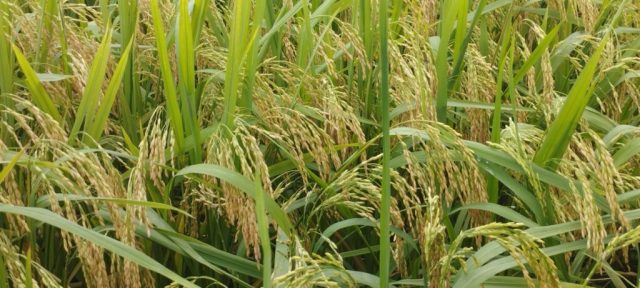Understanding what impacts last after the project ends
- From
-
Published on
12.09.19
- Impact Area

Little is known about what happens after a development project ends. Scientists with HarvestPlus returned to communities in Mozambique that participated in the Reaching End Users project, three years after the end of the project. The project introduced biofortified orange sweet potatoes to households to grow, consume and sell, and was successful in increasing vitamin A intake among targeted children and their mothers. After the project ended in 2009 for lack of additional funding, multiplication of sweet potato vines in the province declined significantly. The gap in funding support offered an opportunity to assess the lasting impacts of the project, based on what the communities learned and adopted.
Related news
-

Positioning healthier rice varieties in Odisha for market demand and farmer income
International Rice Research Institute (IRRI)28.10.25-
Nutrition
-
Poverty reduction, livelihoods & jobs
In western Odisha, farmer groups and women’s self-help groups are taking the lead in bringing…
Read more -
-

SOILutions for Security: CGIAR at the 2025 Borlaug Dialogue
Multifunctional Landscapes Science Program22.10.25-
Biodiversity
-
Environmental health
-
Environmental health & biodiversity
-
Food security
-
Nutrition
From October 21–23, CGIAR will join global partners in Des Moines, Iowa for the 2025…
Read more -
-

New insights on how rainfall patterns influence arsenic in rice
International Rice Research Institute (IRRI)14.10.25-
Nutrition
By Bushra Humaira Sadaf Arsenic in rice has long been linked to contaminated irrigation water,…
Read more -
